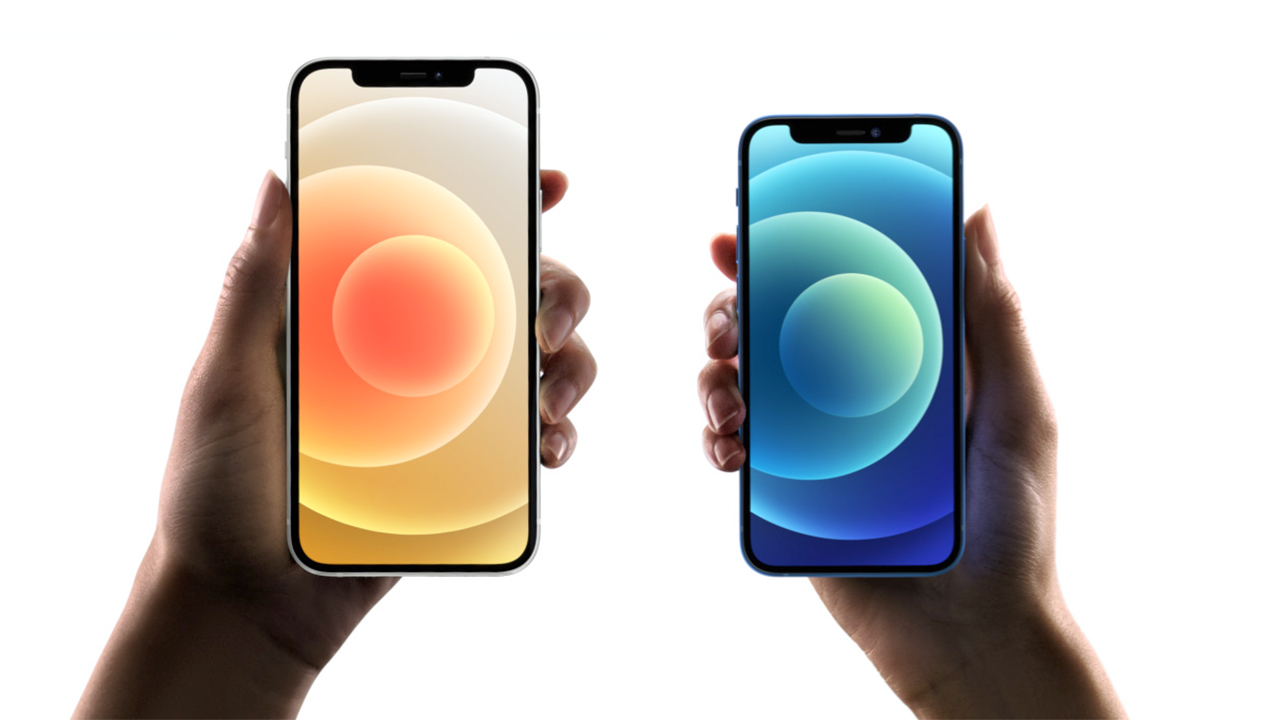After Samsung’s rejection, for Galaxy S 13, the one from Apple also arrives for the iPhone 13: BOE seems to be a step behind Samsung and LG in the production of AMOLED panels with LPTO TFT technology, necessary for the refresh rate to 120 Hz
of Roberto Colombo published on 24 November 2020 , at 10: 59 in the Telephony channel
BOE Apple iPhone
The Chinese of BOE ( Beijing Oriental Electronics Group Co., Ltd ) are a true electronics giant and provide panels for a wide range of applications, from smartphones to televisions , of the most important brands worldwide. In particular in this 2020 the Chinese manufacturer has focused a lot on flexible OLED panels, as we had reported in this news, and should arrive at the end of the year with 40 millions of shipments of this type of devices.
Samsung and Apple reject AMOLED BOE
Not all donuts, however, come out with a hole and there are also to be noted a couple of failed projects for BOE this year. In June, some Korean sources reported that Samsung Electronics had considered BOE as a possible supplier for the OLED displays of the upcoming Galaxy S 21 , but that the devices of the Chinese manufacturer did not pass the quality test of the Korean engineers.
Now it seems to arrive a second tile for BOE, as even Apple has rejected the AMOLED Chinese for his next Apple 13 coming for the 2021. In particular The Elec specifies that the panels that have not passed the tests of the Cupertino technicians are those that came off the B7 production line, from which many panels supplied to Chinese manufacturers came out, including Huawei . At the beginning of the year, the products of line B 11 had been rejected, in that case due to a problem of too low yields. The quality of the display is a fundamental parameter for top-of-the-range smartphones, as confirmed by the problems that Apple itself had recently even on the iPhone 12.
The panels of the iPhone 13 for next year will therefore be most likely provided by Samsung Display and LG Display . In particular, the problem for BOE would lie in the production of the panels LPTO TFT necessary to be able to reach the frequency of refresh of 120 Hz required by Apple. This type of panel is, for example, the one that equips the Samsung Galaxy Note 20 Ultra. BOE seems to be a step behind Samsung and LG in producing panels with this type of technology.
BOE is however working to improve the yields and quality of its panels. and the source reports that in the positive case the panels could be used for the iPhone 12 refurbished .



